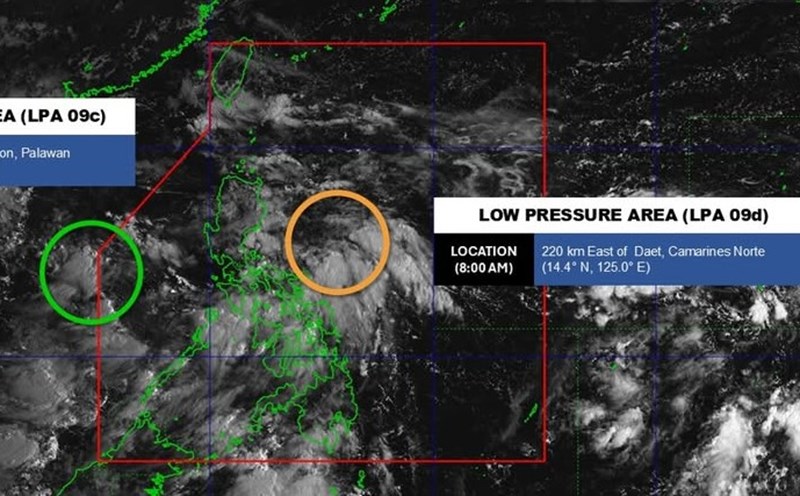The sea temperature in the central Pacific Ocean has dropped 0.5 degrees Celsius below average according to the latest measurements from the National Climate Prediction Center of the US National Oceanic and Atmospheric Administration (NOAA). NOAA activated a La Nina Warning on October 9.
La Nina is part of a 5- to 7-year cycle known as the Southern Sway - El Nino, or ENSO, related to changes in sea temperatures in the central Pacific. When water temperatures drop by 0.5 degrees Celsius below normal, it is considered La Nina, while water warmer than 0.5 degrees Celsius is called El Nino. When the water temperature between these two thresholds is called neutral or informally called La Nada.
Historically, La Nina winters have typically led to colder, wetter weather in the north and more temperate, drier conditions in the southern United States. La Nina could also maintain droughts in the southwestern United States while snowfall in the mountains of the northwest Pacific Ocean is above average.
The northern plains often have colder winters than usual while Ngu Dai Ho area also tends to be wetter. The southeast and deep in the southwest region to Texas (USA) often have a mild and dry winter.
La Nina also means a more active hurricane season in the Atlantic tropical basin, thanks to weak wind shear, but this year's La Nina may be too late to have much of an impact on the final days of this year's hurricane season.
Experts note that another factor affecting this winter is La Nina, which is forecast to be weak, with sea surface temperatures in the Pacific Ocean expected to drop no more than 0.9 degrees Celsius below average.
"A weak La Nina is unlikely to produce the usual effects into the winter, although predictable signals may still influence forecast guidance," NOAA forecasters said in their monthly climate update.
Forecasts also show that La Nina will last a relatively short time, with a 55% chance of sea level warming and returning to the ENSO phase in neutral status in mid-winter.
This year's La Nina development is predicted to be quite similar to last winter, when a weak La Nina appeared at the end of winter, lasting a short time into spring and quickly returning to a neutral state.
NOAA said that the appearance of La Nina has effectively affected the seasonal weather forecast for this fall and winter. NOAA's next seasonal forecast update will be released on October 16 and may show that the impact of La Nina is greater than expected. As La Nina weakens in the winter or spring, NOAA's long-term forecasts suggest that neutral conditions could continue into the spring.











